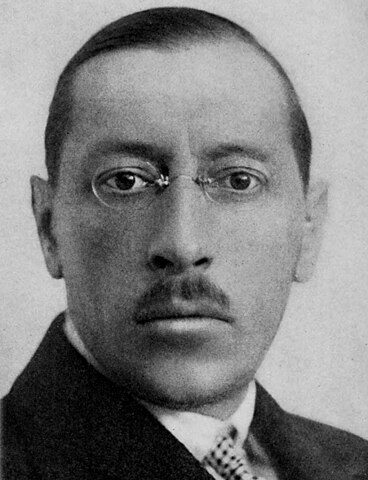George1959
Senior Member
My secret favorite of Puccini's operas (most people don't know this opera) is "Il tabarro" (the cloak), the first opera of a trilogy.
There is a completely new production (Teatro Communale Nouveau, Bologna 2024) with English subtitles.
It is not by chance that there are so many operas of Puccini staged in this year. On November the 29th, 2024 is the 100th anniversary of his death.
There is a completely new production (Teatro Communale Nouveau, Bologna 2024) with English subtitles.
It is not by chance that there are so many operas of Puccini staged in this year. On November the 29th, 2024 is the 100th anniversary of his death.
Last edited:


